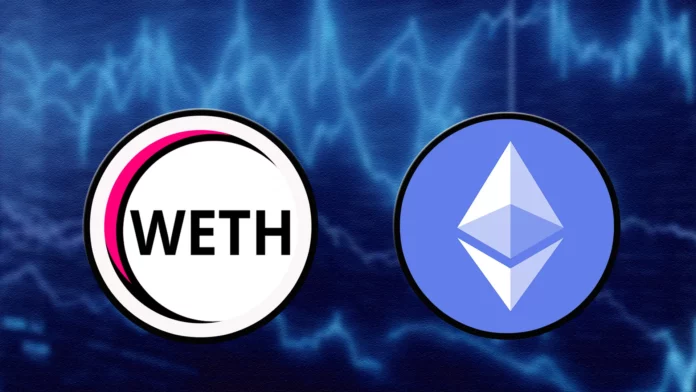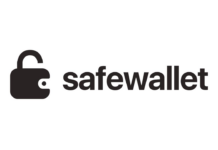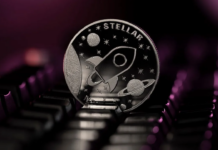
- Since the majority of blockchains are silos in themselves, they lack interoperability.
- When one wants to create a wrapped token of any token, one usually sends the native asset to a centralized custodian.
There is no significant difference between Ethereum and Wrapped Ethereum. The Wrapped version is nothing but an empty vessel of the original assets. The process of wrapping helps non-native assets on any blockchain.
Since the majority of blockchains are silos in themselves, they lack interoperability or the ability to transfer one native token from one blockchain to another.
WETH vs. ETH follows the ERC-20 standard, whereas ETH does not. WETH was created to overcome the ETH shortcoming of being able to be used on various DeFi platforms. To increase the interoperability of Ethereum and to use it across different dApps, it was Wrapped to ERC-20 compatible standards. It also allows users to create their own tokens for their custom dApp application.
Difference Between WETH vs. ETH
In the case of price domination both of them trade at the same price level. If one wants an ETH token to participate in custom dApps, one can easily convert ETH into WETH with the help of dApp, like 1 inch. ETH was introduced prior to the creation of token standards on Ethereum. To utilize ETH for dApps on the platform without the involvement of a third party, users can exchange their ETH for WETH by sending it to a smart contract. This process helps eliminate the need for intermediaries in decentralized applications.
How Does a Wrapped Token Work?
When one wants to create a wrapped token of any token, one usually sends the native asset to a centralized custodian. This centralized entity can be anyone from the Multisig wallet to a DAO to even a smart contract. The process is as follows:
- Suppose you want to use WETH on Ethereum. In that case, one simply needs to connect their wallet where they have their ETH to a decentralized exchange.
- Once an individual connects to the wallet, they simply need to decide the amount of ETH they want to convert into WETH, and then need to swap it.
- Individuals get WETH in return for the ETH that they have sold. Individuals can use this on any of the decentralized applications that they want.
Why is the WETH Token Needed?
Wrapped Ethereum is needed to use various products seamlessly on different networks. If an individual wants to send funds from a domestic bank to an international bank, they can do so if both platforms support it. In centralized platforms, executing such transactions is straightforward, but in decentralized platforms, it becomes more challenging due to the complexity of interconnected networks. The ability to convert native assets of one network to another is valuable for users who prefer not to sell their assets to acquire different ones.
Let’s consider a scenario where users hold substantial reserves of Bitcoin. In order to utilize Bitcoin on the Ethereum network, users need to convert their BTC into USDT, which is a widely accepted stablecoin across all decentralized applications (dApps). Once this conversion is done, users can conveniently engage in various dApps of their preference using USDT.
In traditional finance, wrapped tokens are a kind of derivative that can track the value of the underlying assets. However, wrapped tokens don’t share all the similarities with traditional derivatives. They give an added advantage to the users in terms of interoperability within the ecosystem.
Conclusion
Wrapped Ethereum (WETH) was introduced to increase the interoperability of Ethereum and enable its use across various decentralized applications (dApps). Unlike native ETH, WETH follows the ERC-20 standard, allowing it to be easily used in DeFi platforms. It serves as an essential tool for seamless interactions between different networks and enhances the functionality of the Ethereum ecosystem.























